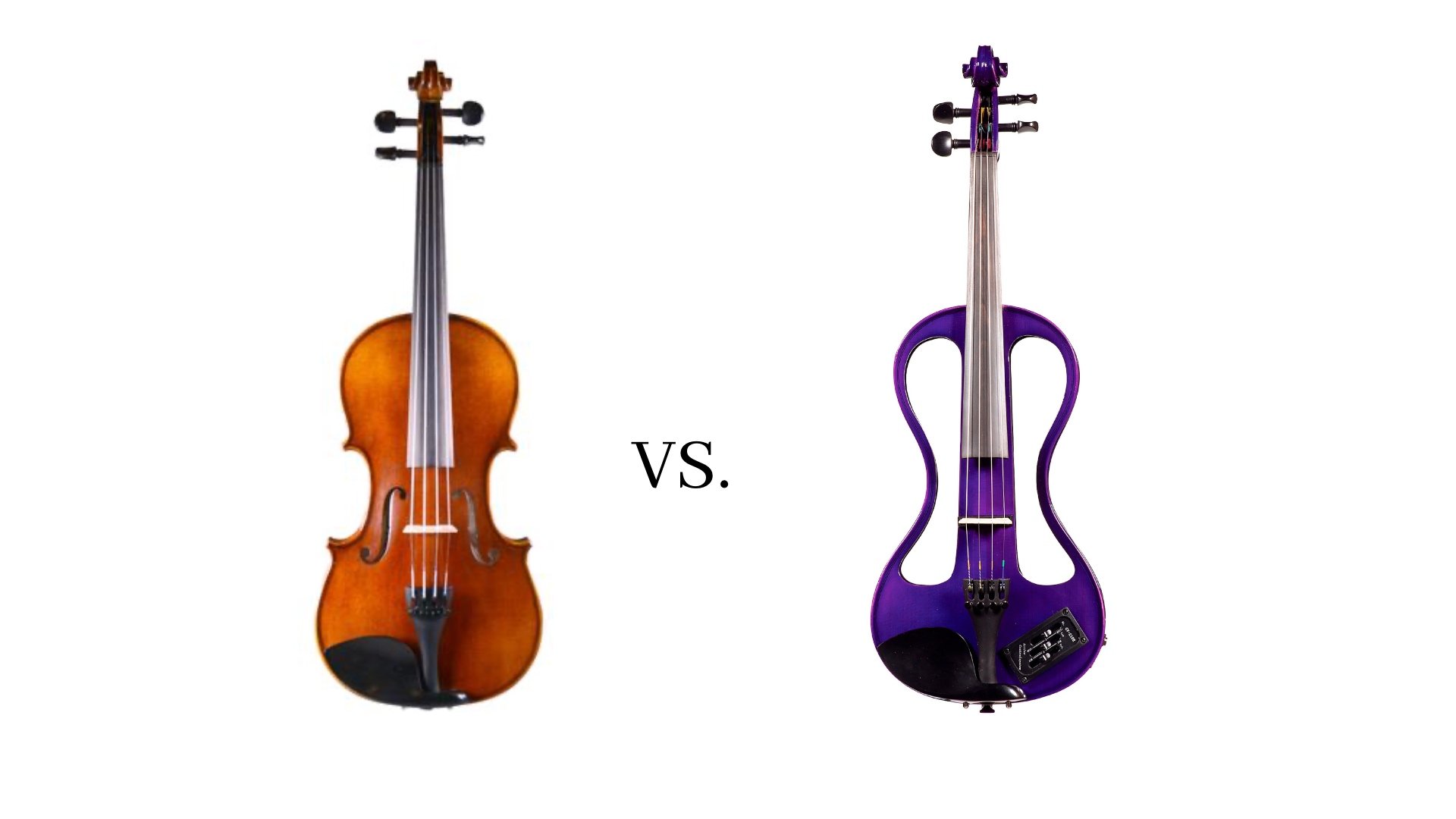Why Do Some Violins Have Only One Fine Tuner?
/Why do some violins have four fine tuners? Why do other violins have only one fine tuner? Do you need to have four fine tuners? Do only beginners have fine tuners?
To understand why some violins have one fine tuner and some have more, we need to discuss a little bit of violin string history.
Why Violins Have Fine Tuners
Before the advent of steel strings in the early 1900s, strings were made of gut. Since gut is quite stretchy, fine tuners weren’t necessary. When steel strings came onto the stage in 1919, fine tuners became necessary for violin E strings.
Steel is not as stretchy as gut, therefore it’s much harder to make smaller adjustments with a thin, steel E string. Accidentally over-tightening an E string will make it break. So fine tuners that could make small adjustments became useful for steel E strings.
Fine tuners on violins were pretty handy and it made sense to use them on all the strings for beginner violins to make the tuning process easier for beginners.
Do I Need Four Fine Tuners on My Violin?
You don’t have to have fine tuners on every string. If your pegs work correctly and you don’t have trouble tuning, you can get by with only one fine tuner on the E string. However, there’s no shame in having four fine tuners.
If you have geared pegs on your violin, fine tuners probably aren’t necessary. (It’s still handy to have them on the E string).
Some beginner violins come with tailpieces with four fine tuners built in to the tailpiece. Other violins come with tailpieces that have holes where the strings attach allowing you to add or remove fine tuners to suit your needs.
A Violin with Fine Tuners Built Into the Tailpiece
A violin with REMOVABLE fine tuners and only one fine tuner on the E string
Why do some violins have only one fine tuner?
You will often find that more expensive, higher quality violins often only have one fine tuner on the E string. Usually, more advanced violinists purchase the more expensive violins, so there’s an assumption that the violinist purchasing the violin is comfortable with tuning using the pegs. If the fine tuners aren’t necessary, there’s no need to put them on a violin.
However, you don’t have to be an advanced player to play on an “advanced” violin. Violins that are categorized as “intermediate” or “advanced” are simply more expensive and usually better quality. They don’t require people with advanced skills to play them. On the contrary, high quality violins are much EASIER to play than beginner violins!
So if you’re a beginner and you want to spend the money on a high quality violin, go for it! If you’re worried about having trouble tuning if the violin has only one fine tuner, I recommend getting geared pegs installed. I have geared pegs on my violin and I would never go back to traditional, wooden pegs!
Do Fine Tuners Affect the Sound of a Violin?
Another reason that some violins have only one fine tuner is due to the affect fine tuners can have on the sound. Anytime you add something to a violin, a chinrest, a different tailpiece, it will affect the sound. The more “stuff” you put on a violin, the more potential for buzzes or unwanted noises. If you are comfortable tuning using the pegs, there’s no need for that potential effect on the sound.
Can violinists really tell the difference in sound between a violin with four fine tuners and a violin with one fine tuner? This is hard to say because all of the high quality instruments I’ve ever played have had one fine tuner and all of the cheaper, beginner violins have always had four fine tuners. The cheaper violins didn’t sound cheap because they had four fine tuners, they were simply made from cheaper materials.
I’ve never had a reason to install more fine tuners on my personal violins, so I can’t say if adding fine tuners negatively affects the sound in an obvious manner.
Do Professional Violinists Use Fine Tuners?
If more expensive violins usually come with only one fine tuner, you may be wondering if professional violinists use fine tuners? Many professional violinists don’t use fine tuners (except on the E string). This has to do with aesthetics, the ease of tuning with the pegs, and sound.
However, I’ve seen several famous violinists and fiddlers with more than one fine tuner on their violin. So there is no judgment or shame when it comes to using fine tuners!
To sum it up, if you want to use fine tuners, use them! If you’re a beginner, thinking about purchasing a violin without four fine tuners and wondering if that’s okay, it absolutely is! If you can afford it, I always say go for the nicer, higher quality violin (even if it only has one fine tuner). Get geared pegs installed and you won’t miss the other fine tuners.
Happy Practicing!























